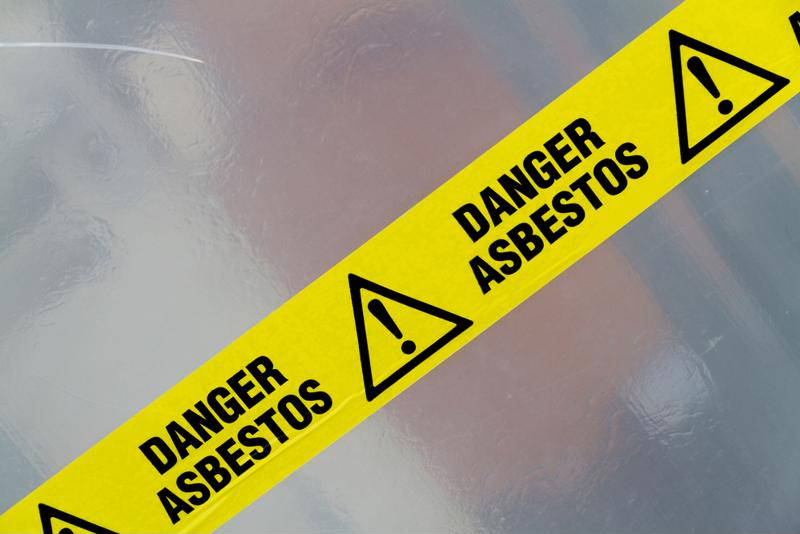Welcome back to Alban Inspections’ video blog series.
Across the country, a few hot new kitchen trends are taking hold, according to CNN Money.
One popular kitchen feature is the steam oven – homeowners are all about steam cooking in their kitchens. Also hot are cabinets that open by pressing them, instead of pulling on a handle. This provides a seamless, integrated look to any kitchen.
Also cracking the list are larger, customized pantries and refrigerated drawers, increasing cold storage space throughout the kitchen.
Does your home have any of these features? Do you want it to? Thanks for watching, and as always, make sure you work with a trusted home inspector the next time you’re in the market for a new home.



